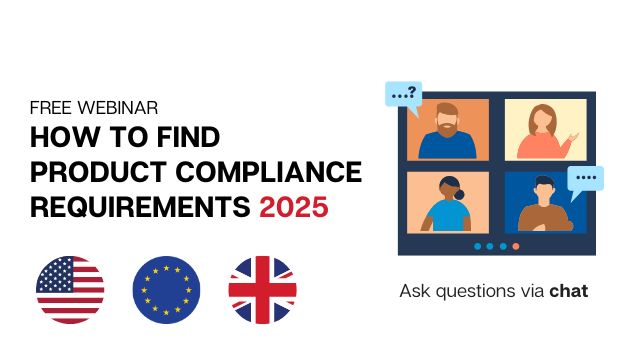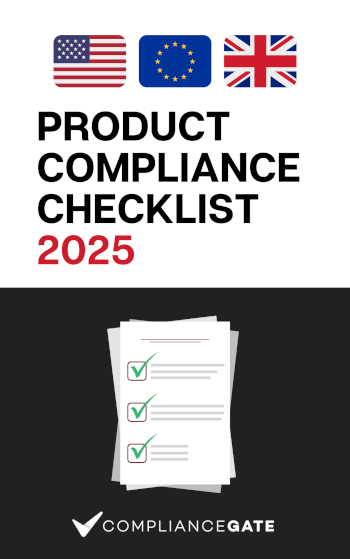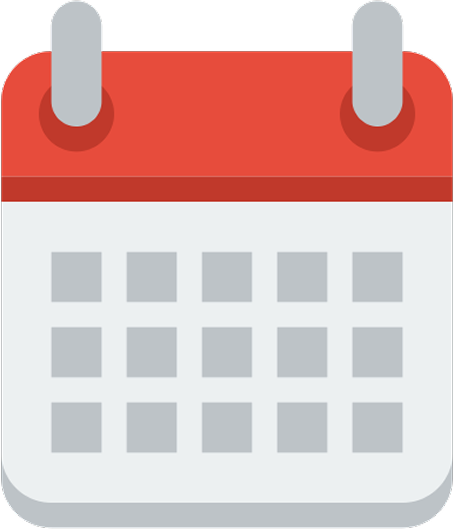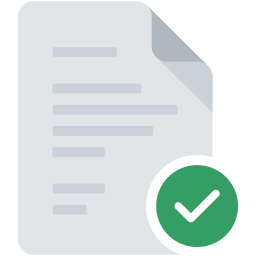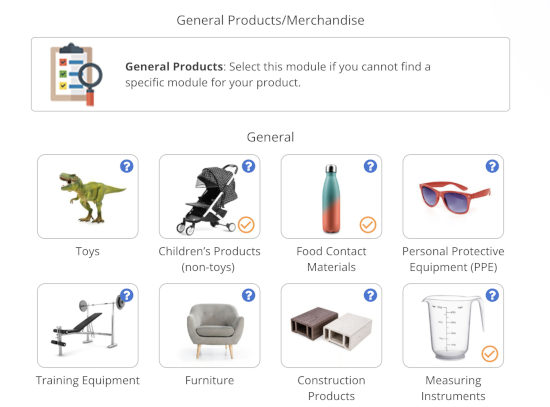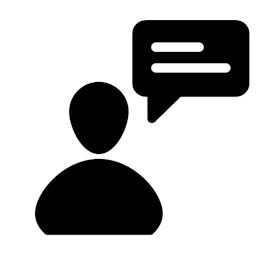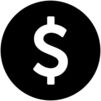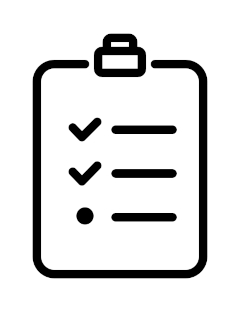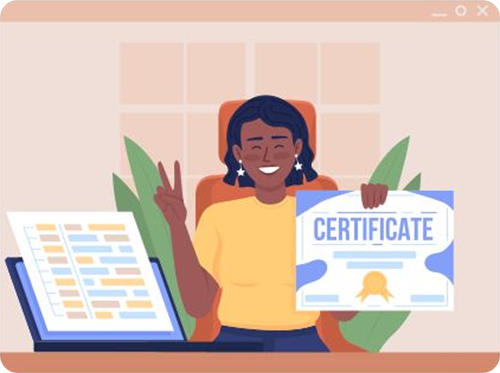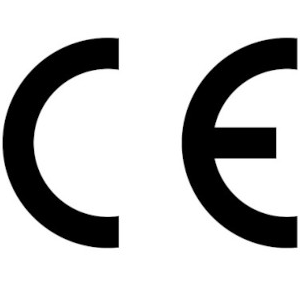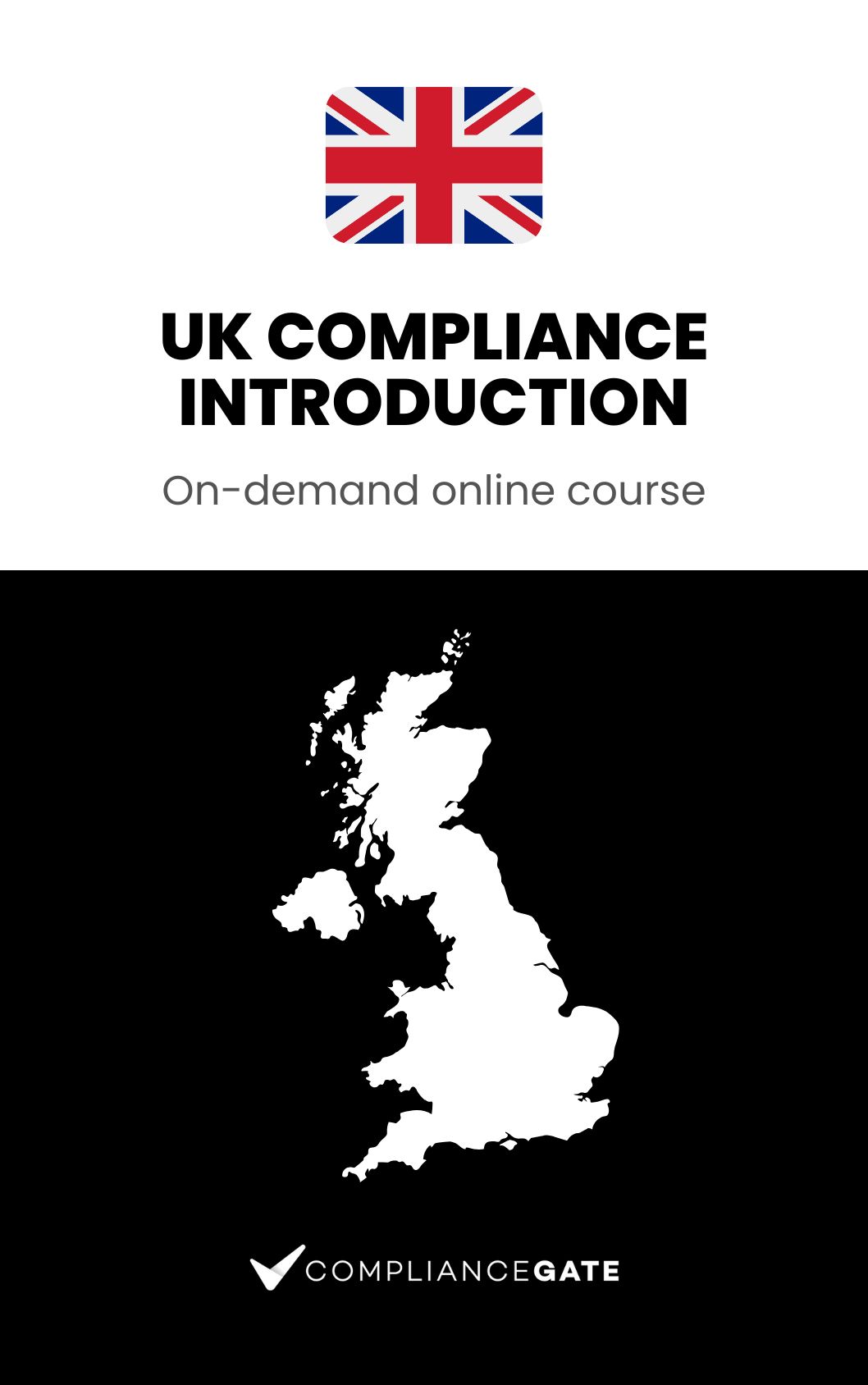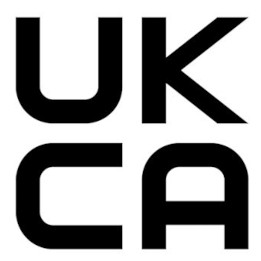Toys imported or manufactured for sale in the UK must comply with the Toys (Safety) Regulations 2011. Doing so requires that the toy product complies with safety standards covering physical properties, flammability, substance restrictions, and more. Further, the Toys (Safety) Regulations 2011 also set requirements concerning documentation, UKCA marking, CE marking, traceability labelling, and testing.
Note: This article does not cover requirements for Northern Ireland, which is generally aligned with EU product safety requirements.
Content Overview

Free 25-Minute Webinar
UK Product Compliance Explained
 How UK product compliance works post-Brexit
How UK product compliance works post-Brexit UK regulations applicable to most products
UK regulations applicable to most products UKCA marking: Toys, electronics, and more
UKCA marking: Toys, electronics, and more
REGISTER NOW (Europe & Asia Pacific)
Presenters:Ivan Malloci or Fredrik Gronkvist
What are The Toys (Safety) Regulations 2011?
The Toys (Safety) Regulations 2011 set safety requirements for toys sold in the UK. They aim to ensure that covered products are safe for children to play with.
The regulations contain the following key requirements:
- Conformity assessment procedures
- Declaration of Conformity
- Technical documentation
- Register of complaints
- Instructions and safety information
- Traceability labelling
- Warning labels
Further, lab testing is also required in order to verify compliance with the applicable designated standards.
Which products are covered by the Toys (Safety) Regulations 2011?
The regulations cover toys and products that have play value for children under 14 years. This includes conventional toys for babies and children, such as plush toys and RC toys. That said, it also extends to colouring books and products incorporating parts used for play.
Here are some examples of covered products:
- Plush toys
- Roller skates
- Skateboards
- Cosmetic kits for children
- Finger paints
- Trampolines (for domestic use)
- Electrical toys
- Colouring books
- Bunk bed equipped with a slide
- Soother clip that has the shape of an animal
Exempted products
The regulations exempt the following products:
- Public playground equipment
- Public automatic playing machines intended (whether coin operated or not)
- Toy vehicles containing combustion engines
- Toy steam engines
- Slings
- Catapults
- Products that are listed in Schedule 1 of the regulations
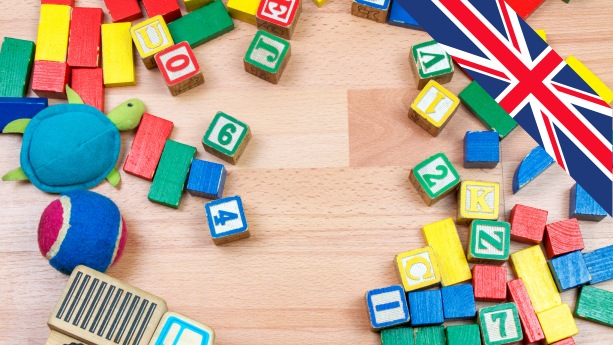
Designated standards
The product must comply with applicable designated standards in order to meet the safety requirements of the Toys (Safety) Regulations 2011. Here is the list of designated standards that we found on GOV.UK:
EN 71-1 – Safety of toys – Part 1: Mechanical and physical properties
EN 71-2 – Safety of toys – Part 2: Flammability
EN 71-3 – Safety of toys – Part 3: Migration of certain elements
EN 71-4 – Safety of toys – Part 4: Experimental sets for chemistry and related activities
EN 71-5 – Safety of toys – Part 5: Chemical toys (sets) other than experimental sets
EN 71-7 – Safety of toys – Part 7: Finger paints – Requirements and test method
EN 71-8 – Safety of toys – Part 8: Activity toys for domestic use
EN 71-12 – Safety of toys — Part 12: N-Nitrosamines and N-nitrosatable substances
EN 71-13 – Safety of toys – Part 13: Olfactory board games, cosmetic kits and gustative games
EN 71-14 – Safety of toys – Part 14: Trampolines for domestic use
EN IEC 62115 – Electric toys – Safety
Note that more than one designated standard can apply to the same product.
Conformity Assessment Procedures
You must use one of the two following conformity assessment procedures to show that the product complies with the requirements of the regulations:
- Module A (“Internal production control”)
- Module B (“Type examination”) and Module C (“Conformity to type based on internal production control”)
If all the relevant designated standards have been applied, then Module A or Modules B and C can be used.
However, in the following cases, you should only use Module B and Module C:
a. Where there are no designated standards that cover all the essential safety requirements of the product
b. Where an applicable designated standard has not been used
c. Where the applicable designated standard contains a restriction
d. Where the manufacturer considers that a third party (that is a UK Approved Body) needs to verify the toy
Note that an Approved Body is a third-party organisation that assesses whether a product meets the requirements of the regulations. Its involvement is compulsory when Modules B and C are followed.
Declaration of Conformity
The manufacturer must create a Declaration of Conformity containing the following information:
a. Unique identification for the toy
b. Manufacturer’s name and address
c. A statement indicating that the declaration is issued under the sole responsibility of the manufacturer
d. Information about the toy for traceability purposes
e. A coloured picture of the toy
f. Information about which enactments the product conforms with
g. References to designated standards used
h. Information about the UK Approved Body (if applicable)
i. Additional information (e.g. place and date of issue)
Note that the manufacturer can either be the company manufacturing the toy or a company that has the toy manufactured by another company but that sells it under its own brand.
Technical Documentation
The manufacturer must also create the technical documentation, which should include the information and documents listed in Schedule 4, to show that the product complies with the regulations.
Here is the information and documents that need to be included:
a. Product’s design and manufacture description
b. Information about the safety assessment that was carried out
c. Information about the conformity assessment procedure used
d. A copy of the Declaration of Conformity
e. Place of manufacture and storage addresses
f. Copies of documents sent to a UK Approved Body (if applicable)
g. Information related to following the conformity assessment procedures (either Module A or Modules B and C)
Instructions
Toys must be accompanied by instructions for use and safety information for the children and their caregivers, such as parents or teachers. Such information is important to minimise the risk of mishandling the product, which may result in the children getting harmed.
Register of complaints
You should maintain a register that keeps track of:
a. Complaints – for example, complaints sent by a customer that found a defective product
b. Toys that do not comply with the safety requirements – for example, non-compliant toys found due to a complaint
c. Recalls, which may be necessary in case of non-compliant products
UKCA and CE Marking
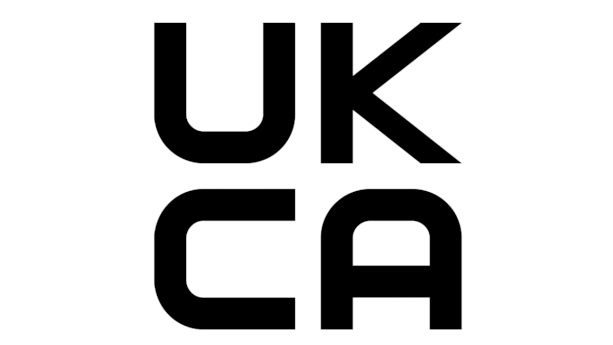
The UKCA Marking must be affixed to one of the following areas:
- The toy
- The toy’s label
- The toy’s packaging
- An accompanying document, such as the instructions leaflet
For small toys or toys with small parts, the UKCA marking can be featured on a label that does not have to be attached to the toy or an accompanying leaflet. By affixing the UKCA marking, you show that the product complies with the The Toys (Safety) Regulations 2011.
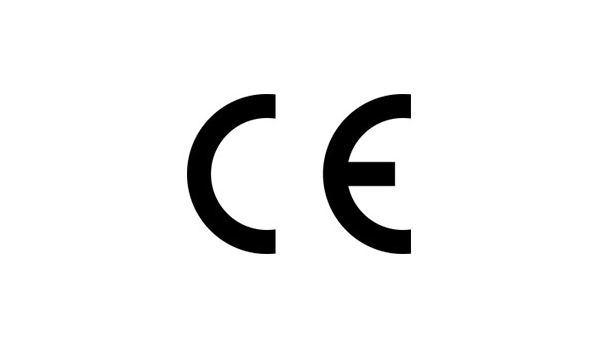
Toys with the CE marking are also accepted because of regulation 39A of the Toys (Safety) Regulations 2011. This means that there are more options (i.e. to use the CE marking or UKCA marking) to sell toys in the UK.
The UKCA marking and CE marking may be followed by a pictogram or by any other mark indicating a special risk or use of the product.
Traceability labelling requirements
The regulations require a covered product to be marked with the following information for traceability purposes:
- Product identifying information (e.g. type, batch, serial or model number)
- Manufacturer’s name
- Single address to contact the manufacturer
The required information must be marked in one of the following areas:
- The toy
- The toy’s packaging
- Accompanying documents
Warning requirements
The regulations contain general and specific warning requirements that must be considered. These warnings are important to alert children and their caregivers about hazards and risks related to the product (like a choking hazard for products with small parts, for example).
The warnings are contained in Schedule 5 of the regulations and may vary according to the type of product that you sell. Here are some examples:
a. Maximum or minimum age requirements
b. Maximum or minimum weight of the user
c. ‘Only for domestic use’ warning statement for activity toys
d. ‘Toy inside. Adult supervision recommended’ warning statement for toys in food products
Note that additional warnings can also be found in the designated standards, such as EN 71-1.
Product testing
Covered products should be tested against the relevant designated standards to ensure that the product is safe for children. This is generally done by sending the product to a lab testing company.
If the test report shows that the product has passed the tests, it can be used to demonstrate that the product meets the safety requirements of the regulations.
Approved bodies
On the GOV.UK page entitled “Find a UK Market Conformity Assessment Body”, you can find a list of UK approved bodies for toys. Here are some examples:
- Eurofins MTS Consumer Product Testing UK Limited
- TUV Rheinland UK Ltd
- SGS United Kingdom Limited
- ITS Testing Services (UK) Ltd
FAQ
What are the differences between The Toys (Safety) Regulations 2011 and the Toy Safety Directive 2009/48/EC?
The Toys (Safety) Regulations 2011 are based on the Toy Safety Directive 2009/48/EC. This is because the UK was once part of the EU.
Here is a table that provides an overview of the key differences between The Toys (Safety) Regulations 2011 and the Toy Safety Directive.
| Requirements | The Toys (Safety) Regulations 2011 Latest version: 01/10/2024 |
Toy Safety Directive Latest version: 05/12/2022 |
|
| Conformity assessment procedures | The conformity assessment procedures are found in regulation 13. They include the following modules:
1. Module A 2. Modules B and C When Modules B and C are followed, a UK approved body must be engaged. |
The conformity assessment procedures are found in Article 19. They include the following modules:
1. Module A 2. Modules B and C When Modules B and C are followed, a Notified body located in the EU must be engaged. Note that the requirements in the modules may differ. |
|
| Standards | Designated standards are required. | Harmonised standards are required.
Note: The list of harmonised standards (e.g. EN 71-1) at the moment are the same, but this may change in the future. |
|
| Documentation requirements |
1. Declaration of Conformity 2. Technical documentation 3. Instructions and safety information Note: There are differences in the content requirements (for instance, English must be used) |
1. Declaration of Conformity 2. Technical documentation 3. Instructions and safety information Note: There are differences in the content requirements (for instance, depending on where the product is sold, documentation should be translated to the relevant official language of the EU country) |
|
| Compliance marking | 
Note: CE marking is also accepted |
 |
|
| Traceability labelling requirements |
1. Product identifying information (e.g. type, batch, serial or model number) 2. Manufacturer’s name 3. Manufacturer’s address |
1. Product identifying information (e.g. type, batch, serial or model number) 2. Manufacturer’s name 3. Manufacturer’s address |
|
| Warning requirements |
1. General warnings (e.g. minimum age requirements) according to Part A of Schedule 5
2. Specific warnings according to Part B of Schedule 5 Note: English should be used. |
1. General warnings (e.g. minimum age requirements) according to Part A of Annex V
2. Specific warnings according to Part B of Annex V Note: Depending on where the toy is sold, the warnings should be translated into the relevant official language of the EU country. Also, the specific warnings may differ. |
|
| Authorised representative | If appointed, the representative must be established in the UK | If appointed, the representative must be established in the EU.
Note: The Market Surveillance Regulation requires that non-EU companies must appoint an authorised representative when selling directly to consumers. |
|
Is EN 71 accepted in the UK?
Yes, the designated standards under the Toys (Safety) Regulations 2011 include EN 71 standards.
Can CE-marked toys be sold in the UK?
Yes, CE-marked toys are accepted because of regulation 39A of the Toys (Safety) Regulations 2011. As a result, businesses have the option of selling either CE marked or UKCA marked toys in the UK.
Can UKCA-marked toys be sold in the EU?
The UKCA marking is not accepted in the EU. Toys sold in the European Union must be CE-marked.
Note: Contains public sector information licensed under the Open Government Licence v3.0.
